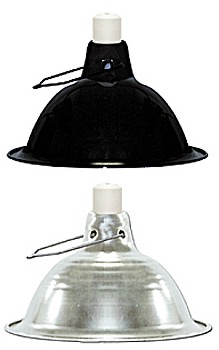Marc10edora
Avid Member
My Cham seems to pick different sleeping spots every night. I've had her for a week now. Could she just be getting used to the cage or do they always do that? Tonight she is sleeping on the side of the cage. I don't know why she picked that spot, since I provided her with plenty of branches and vines.




